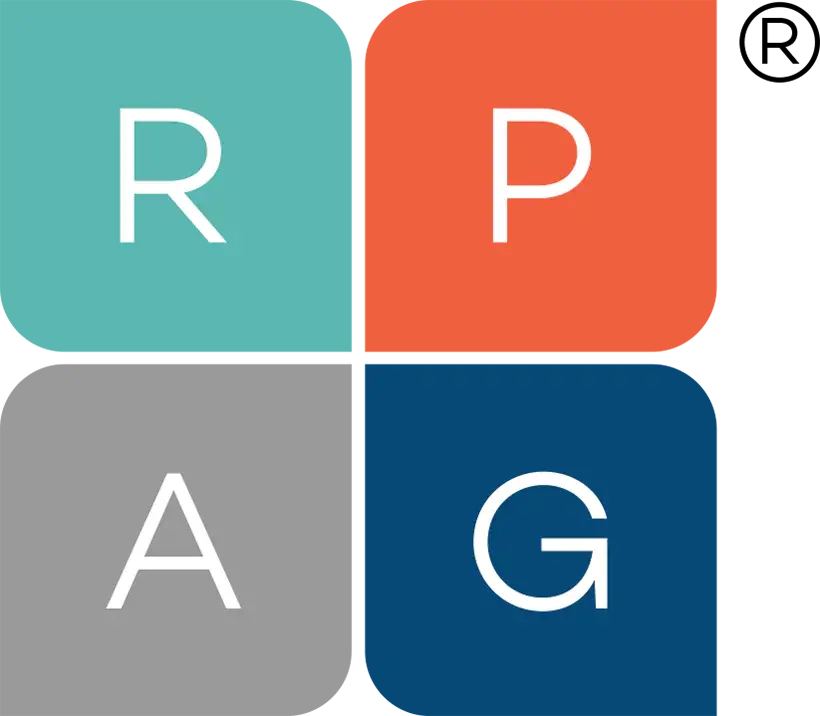Portfolio Patriotism — Domestic market optimism or inadvertent asset allocation?

Globalization of the world economy has increased exposure to international investments, yet equity portfolios in general remain largely home biased today. This may be a good time for participants to reevaluate their asset allocation to see if they may be exhibiting a home country bias— or displaying overly optimistic expectations about the domestic market and/or pessimism about foreign markets.
After years of mediocre growth from developed international equity markets, we are finally starting to see signs of life abroad. The margin of outperformance for U.S. stocks has been rather large over the past five calendar years. The five-year annualized returns for the MSCI EAFE¹ (NR USD Index²), a proxy for international stocks, is up 6.5 percent³, compared to the S&P 500⁴(TR⁵), a proxy for U.S. stocks, which is up an impressive 14.7 percent annualized. Year to date however, we are starting to observe a reversal as the MSCI EAFE is up 14.0 percent. Compare that to the S&P 500, which is up 8.7 percent6.

Why now? International equities are looking attractive from a valuation standpoint as the U.S. Cyclically Adjusted Price Earnings (CAPE7) ratio is well above its historic average (29.8x versus 16.8x respectively8). A global overview of CAPE can be seen in the chart to the right, suggesting the possible attractiveness of international equity from a valuation standpoint. This relative attractiveness is further supported with the expectation that domestic earnings will reach record highs within the next 12 months9.
Focusing attention internationally, the Eurozone domestic demand rose 2.8 percent year over year as of the first quarter. This is the highest annual growth rate since Q3 200710. The European Central Bank chief Mario Draghi ruled out further interest rate cuts in a sign that it’s moving closer to an exit from its stimulus program. Election results in the Netherlands, France and Germany reduced uncertainty over government agendas. Lastly, the United Kingdom successfully continues to reduce unemployment (4.60 percent11) in spite of last year’s Brexit vote.

Higher valuations and uncertainty around domestic political agendas underscore the need for broad diversification and careful portfolio management. However, when it comes to defined contribution (DC) investors and their equity portfolio allocations, the numbers tell an intriguing story. For the 2016 calendar year, the average DC participant12 devoted 86 percent of their entire equity allocation to domestic stock. As a result, it could be deemed that participants over-allocate to U.S. stocks by 33 percent14 when compared to the MSCI All Country Would Index (as of 3/31/17). DC investors might not realize that sticking mainly with U.S. stocks can actually increase portfolio risk and simultaneously reduce returns.
The remedy may be more global equity exposure. If you buy into the concept of a reversion to the mean and that valuations look better overseas than here in the U.S., then you should not be surprised if international markets begin to outperform. By adjusting their portfolio balances more toward global equities, DC investors have the potential to increase returns by offering more exposure to fast-growing segments15 of the global economy while simultaneously increasing diversification.
Today, plan sponsors can help their participants strike a more appropriate balance by providing: Today, plan sponsors can help their participants strike a more appropriate balance by providing:
- Access to an actively and passively managed broad-based international equity strategy within the investment menu.
- Education to participants about the importance of diversification and the potential pitfalls of a home country bias.
- Re-enrollment into target date funds, which often have a greater weighting to equities outside the United States versus typical portfolios and offer ongoing professional management.
As Americans we’re all patriots, but when it comes to investing, leave home country bias at the door.
- MSCI EAFE® (Europe, Australia and Far East) Index - is a free float-adjusted market capitalization index that is designed to measure developed market equity performance, excluding the US & Canada. As of December 2003 the MSCI EAFE Index consisted of the following 21 developed market country indices: Australia, Austria, Belgium, Denmark, Finland, France, Germany, Greece, Hong Kong, Ireland, Italy, Japan, the Netherlands, New Zealand, Norway, Portugal, Singapore, Spain, Sweden, Switzerland and the United Kingdom. EAFE is a registered service mark of Morgan Stanley Dean Witter, Discover & Co.
- Net returns U.S. Dollar
- Data from Morningstar
- S&P 500 Index is an unmanaged group of securities
- Total returns
- Morningstar. As of 5/31/2017.
- Price earnings ratio is based on average inflation-adjusted earnings from the previous 10 years, known as the Cyclically Adjusted PE Ratio (CAPE Ratio), Shiller PE Ratio, or PE 10
- http://www.multpl.com/shiller-pe/
- Q3 2017 JPMorgan Guide to Markets
- Global Purchasing Managers’ Index for Manufacturing
- https://ycharts.com/indicators/uk_unemployment_rate
- Fidelity recordkeeping system as of 12/31/16. For plans with $10-$20M in assets. Asset weighted average.
- Map from: http://www.starcapital.de/research/stockmarketvaluation
- MSCI All Country World Index
- In relation to GDP. For example, the Nominal GDP Domestically is around 2.1% versus the global GDP of around 5.7%.
Using diversification as part of your investment strategy neither assures nor guarantees better performance and cannot protect against loss of principal due to changing market conditions.
ACR#255588 09/17



